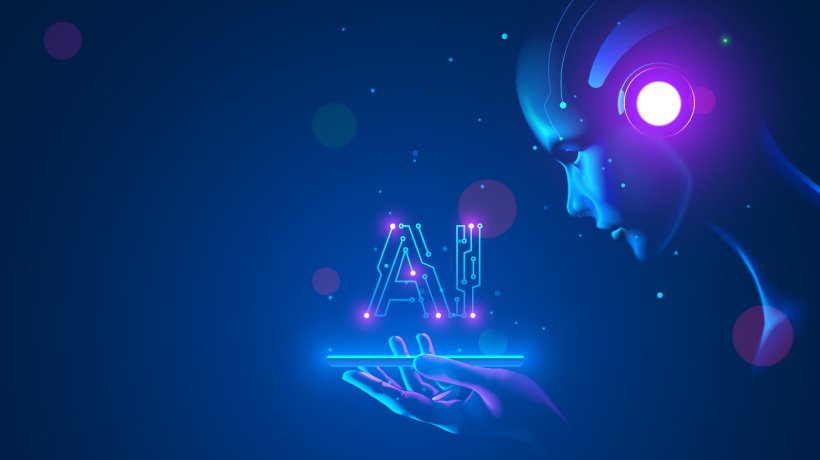Delving Into Blended Learning In Higher Education And AI Technology
Dr. Maria D. Avgerinou is the Program Coordinator for the MA in Learning Design and Technology at Deree – The American College of Greece. In her role as a certified online educator and academic for the past 20 years, she has taught, published, and presented extensively on the research and practice of online and blended learning, action research, and visual literacy for education and training. Maria also has postdoctoral diplomas in eLearning Design, Implementation, and Evaluation from the University of London (UK), the University of Hull (UK), and Indiana University (US), and has acted as a consultant in education and corporate training. Today she speaks with us about the misconceptions surrounding blended learning and shares tips for creating curricula for younger learners.
Which Instructional Design trend, technology, or technique do you think should make a comeback in 2023?
Blended learning! Not only has research repeatedly attested to its significance and impact on education and training, but post-pandemic, it seems that this is what we now prefer. Owing to the COVID-19 pandemic, education professionals have had firsthand experience with emergency remote (and hybrid) teaching (ERT). Despite the fact they were thrust into ERT unprepared in order to swiftly preserve educational continuity, and while ERT is much different from well-designed online and blended learning, professionals were able to glean the benefits of teaching and learning online from these experiences. As a result, post-pandemic, they seem to be in favor of the "new normal" perceived as technology-driven teaching, learning, and training that takes full advantage of the blended methodology, which is now embraced as combining the best elements of both worlds (face-to-face and remote).
One of your areas of expertise is blended learning, particularly in K-12 and higher education. In your opinion, what is one of the most common misconceptions about blended learning that prevents institutions from making the most of this approach?
The most common misconception about blended learning and 21st-century students, the so-called "digital natives," is that the two go hand in hand. Digital natives were born into technology. Thus, they are thought of as innate blended and online learners. But are they really? First off, the term "digital native" misrepresents a research-unfounded assumption that young people have an intrinsic understanding of how to utilize digital technology. This statement, however, perpetuates a myth that leads to the omission of critical competencies from school curricula. Yet, within a blended learning context, we should not only focus on the need to educate students about the uses and benefits of technology for learning. Nor should we just help them develop their technology skills to be used in the classroom as opposed to applying them to information, communication, or entertainment per their daily routine outside the classroom.
Students also need to come to grips with the new standards that go along with the blended methodology; i.e., learning to work independently at their own pace and time, learning to take advantage of technological resources as cognitive tools, learning to make personally relevant educational decisions by design. The new set of expectations includes the ability to take advantage of augmented learning opportunities that go far beyond the constrained scope of a traditional, four-walled classroom to embrace a type of learning that is active, responsible, collaborative, and timely. Of course, as Voltaire appears to have said, "with great power comes tremendous responsibility." That's another dimension of blended learning that we should not expect K-12 students to know intuitively. In this context, responsibilities—such as being ready for various learning blends, behaving responsibly to the challenge of independent, inquiry-based learning, and demonstrating digital citizenship skills—also need to be part of student onboarding regarding the blended learning environment. In conclusion, for successful blended learning experiences, we need to prepare the K-12 student accordingly and stop assuming that their brain comes somehow technologically wired and their student profile is already blended; it is not.
Can you offer a few words of advice to new eLearning designers on how to create experiences that leave a lasting impression and personalize the learning process, especially when developing an online curriculum for younger students?
Online learning for younger students is under-researched, yet it is picking up momentum as a direct effect of the COVID-19 pandemic. Until we know more about online pedagogy, online andragogy research, together with child and adolescent Learning and Development theories, will keep informing the design of online learning experiences for K-12. On the practical level, I would recommend keeping the design simple and as clear as possible to aid student focus smoothly and swiftly, thus also lifting any ambiguity or insecurity. Careful application of the multimedia research principles (including purposeful use of text, visuals, and gaming elements) is extremely important to attract and maintain student interest, as well as help toward overall satisfaction with the learning experience and, of course, retention and recall.
eLearning Industry and Deree, The American College of Greece, are partnering up to offer expendable scholarships for a Master's in Learning Design and Technology. Can you tell our readers a bit more about this opportunity and how they can apply?
Designed with the needs of the working professionals of the 21st century in mind, this cutting-edge program is delivered fully online and aims at providing dynamic, hands-on learning experiences. Combining theory with practice, students gain in-depth knowledge of learning and instructional theories, as well as practical skills in the design and use of educational technologies. We are extremely fortunate to have eLearning Industry joining forces with us to meet the recent global trend toward online learning, which has resulted in high demand for skilled learning and Instructional Designers. Interested students should contact ACG's Admissions Office for personalized guidance on the application process. Briefly, the application can be completed online and includes the standard documents one would expect for a graduate degree (transcripts of prior education, proof of English proficiency, recommendation letters, updated vita, and personal statement). Financial status, as well as academic excellence, are the two criteria qualifying prospective students for the eLI scholarship.
What excites you most about the future of Learning and Development?
I know I may not sound creative here, but what else could it be? Artificial Intelligence. We are witnessing a huge technological revolution, which has an as-yet uncharted potential to make a great impact on education, transforming and innovating current teaching and learning methods and handling some of the major challenges in education globally. I am excited that we are part of this tremendous shift and look forward to the discussion on how to harness the potential of AI technologies by observing parameters such as ethics, equity, and inclusion.
Wrapping Up
"Thank you" to Dr. Maria D. Avgerinou for taking the time to participate in our Q&A and for sharing her knowledge of blended learning best practices and the unique scholarship opportunity being offered by Deree and eLI.









